
World War II in Color Generalfeldmarschall August von Mackensen
Anton Ludwig Friedrich August Mackensen , was a German field marshal. He commanded successfully during World War I and became one of the German Empire's most prominent and competent military leaders. After the armistice of 11 November 1918, the victorious Allies interned Mackensen in Serbia for a year. In 1920, he retired from the army. In 1933 Hermann Göring made him a Prussian state councillor.
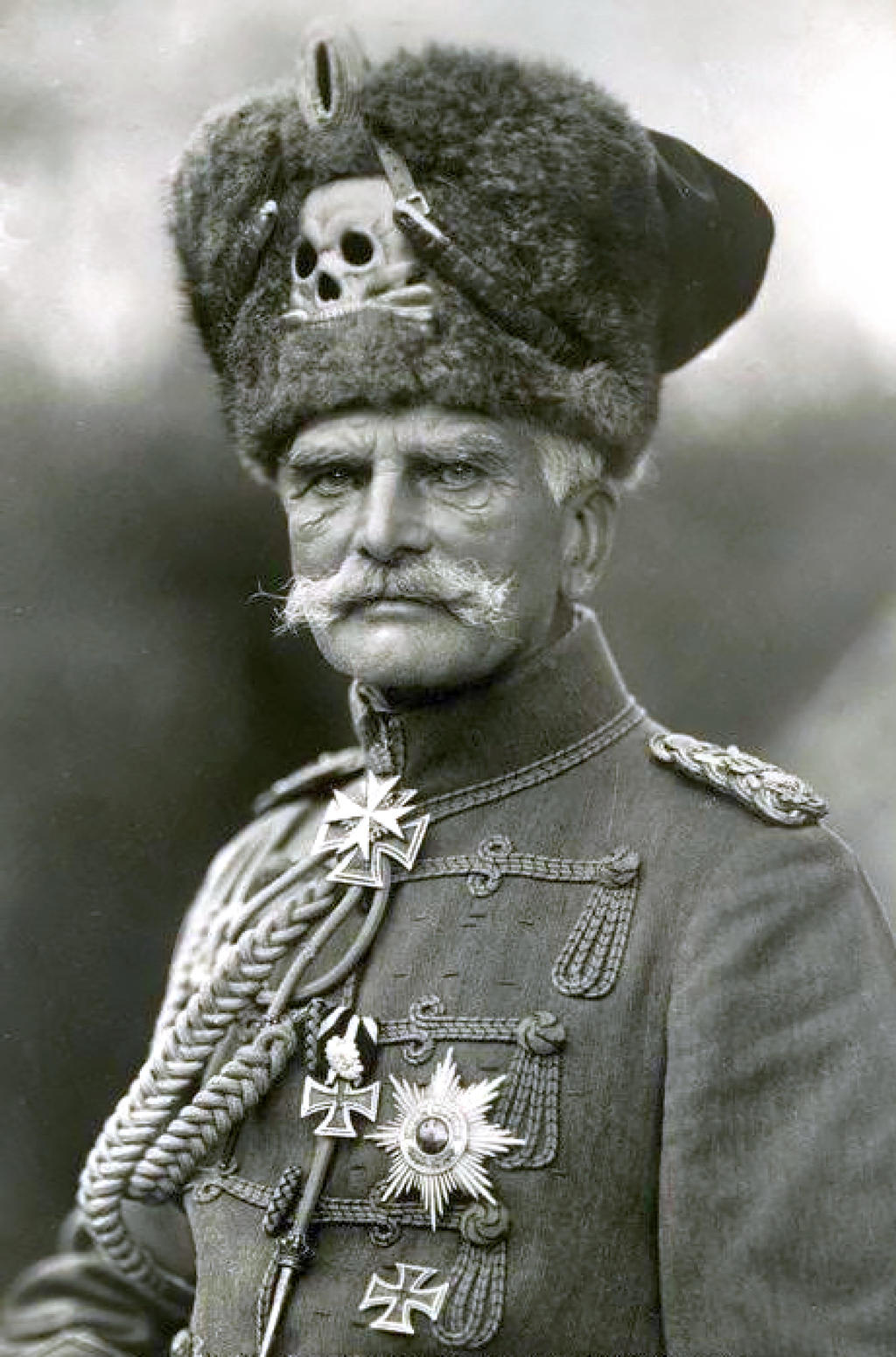
August von Mackensen The Kaiserreich Wiki Fandom
August von Mackensen. Anton Ludwig Friedrich August Mackensen, ab 1899 von Mackensen (* 6. Dezember 1849 in Leipnitz; † 8. November 1945 in Burghorn ), war ein preußischer Generalfeldmarschall. Aus bürgerlichen Verhältnissen stammend, stieg er als Offizier bis zum Adjutanten des Kaisers Wilhelm II. auf und wurde von diesem 1899 geadelt.

Mackensen World War One, First World, German Uniforms, Military Uniforms, Photos Originales
General August von Mackensen fought on the Eastern Front. In August and September 1914 he commanded the XVII Corps. In the Battle of Gumbinnen on August 20, the planned German convergence of three army corps was sequential, and each corps suffered heavy losses, particularly from Russian artillery. In the Battle of Tannenberg, Mackensen's forces drove back the right wing of Samsanov's Second Army.

World War II in Color Generalfeldmarschall August von Mackensen
Anton Ludwig August von Mackensen (6 December 1849 - 8 November 1945), born August Mackensen, was a German soldier and field marshal. [2] He commanded with success during the First World War and became one of the German Empire 's most prominent military leaders. After the Armistice, Mackensen was interned for a year.
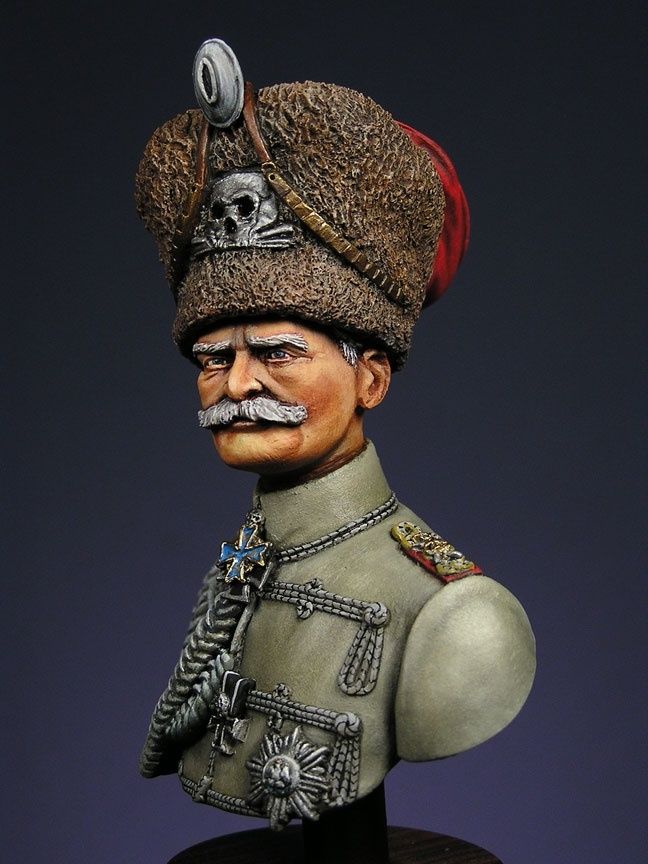
August von Mackensen by Jim Johnston · Putty&Paint
General Field Marshall August von Mackensen in Famous People Throughout History General Field Marshall August von Mackensen in Biographical Summaries of Notable People in Youngstown Vindicator - Nov 9 1945 in West Australian (Perth, WA) - Nov 10 1945 Anton Ludwig Friedrich August Von MacKensen in MyHeritage family trees (Dąbrowski Web Site)
"The Last Hussar" August von Mackensen,German field marshal in World War I, in LeibHusaren
August von Mackensen Anton Ludwig Friedrich August Mackensen ( ennobled as von Mackensen in 1899; 6 December 1849 - 8 November 1945), was a German field marshal. [2] He commanded successfully during World War I (1914-1918) and became one of the German Empire 's most prominent and competent military leaders.
August von Mackensen Generalfieldmarshall August von Mackensen 1929
August von Mackensen was a German military leader who is remembered for his valiant contribution during World War I. He began his military career with the Franco-Prussian War. Some of his major battles of World War I were his campaigns against Russia on the Eastern Front, against Serbia, and against Romania. Emperor Wilhelm II patronized Mackensen.
color photo of field marshal August von Mackensen wearing his famous uniform, taken on his 95th
August von Mackensen, German field marshal in hussar full dress prior to 1914, with the Totenkopf on his fur busby Totenkopf ( German: [ˈtoːtn̩ˌkɔpf], i.e. skull, literally "dead person's head") is the German word for skull.

GFM von Mackensen Gen. Field Marshal August von Mackensen … Flickr
August von Mackensen, the last surviving German Field Marshal from the First World War, died on 8 March in Schmiedeberg and is buried in Burghorn cemetery near Celle. His son Hans was a Nazi diplomat, while his son Eberhard served as a general in the Wehrmacht and was later convicted of war crimes.
German field marshal August von Mackensen (18491945) with German imperial uniform. Somewhere in
General Field Marshall Anton Ludwig August von Mackensen Also known as General Field Marshall Anton Ludwig August von Mackensen. Mackensen, Anton Ludwig August Details individual; military/naval; German; Male. Life dates 1849-1945. Biography General Field Marschall in the German army during World War I. 7 related objects. medal. Museum.

WARRIORS HALL OF FAME August von Mackensen (18491945), One Of Most Successful Commanders in
August von Mackensen (1849-1945), son of an estate manager, joined the Prussian Leib-Husaren Regiment Nr. 2 as a one-year volunteer in 1869 and took part in the Franco-Prussian War. After an interlude at the University of Halle, Mackensen reentered the army as second lieutenant in 1873 and began an astonishing career.
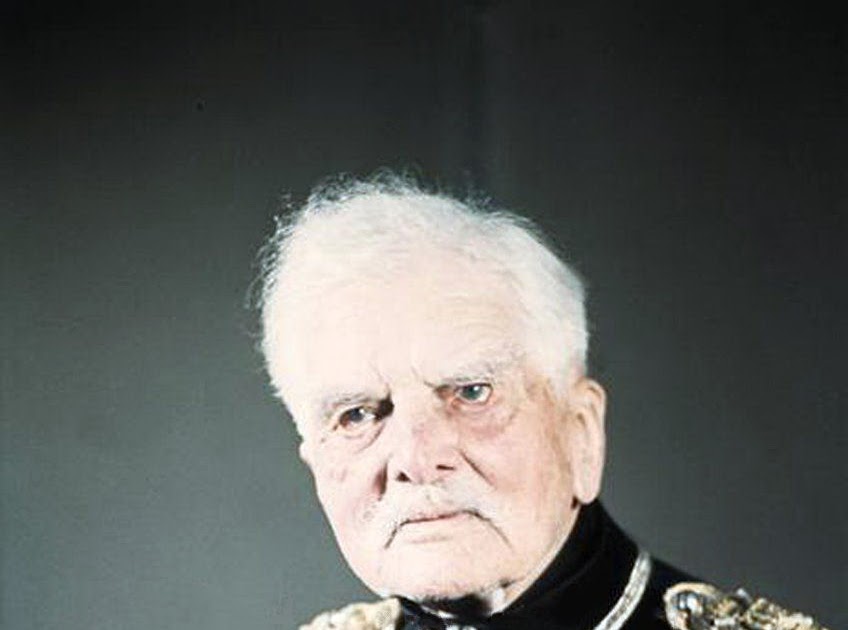
World War II in Color Generalfeldmarschall August von Mackensen
In this episode of Out of the Foxholes, we answer some community questions on what August von Mackensen did in World War Two, if there was a shortage on Fren.
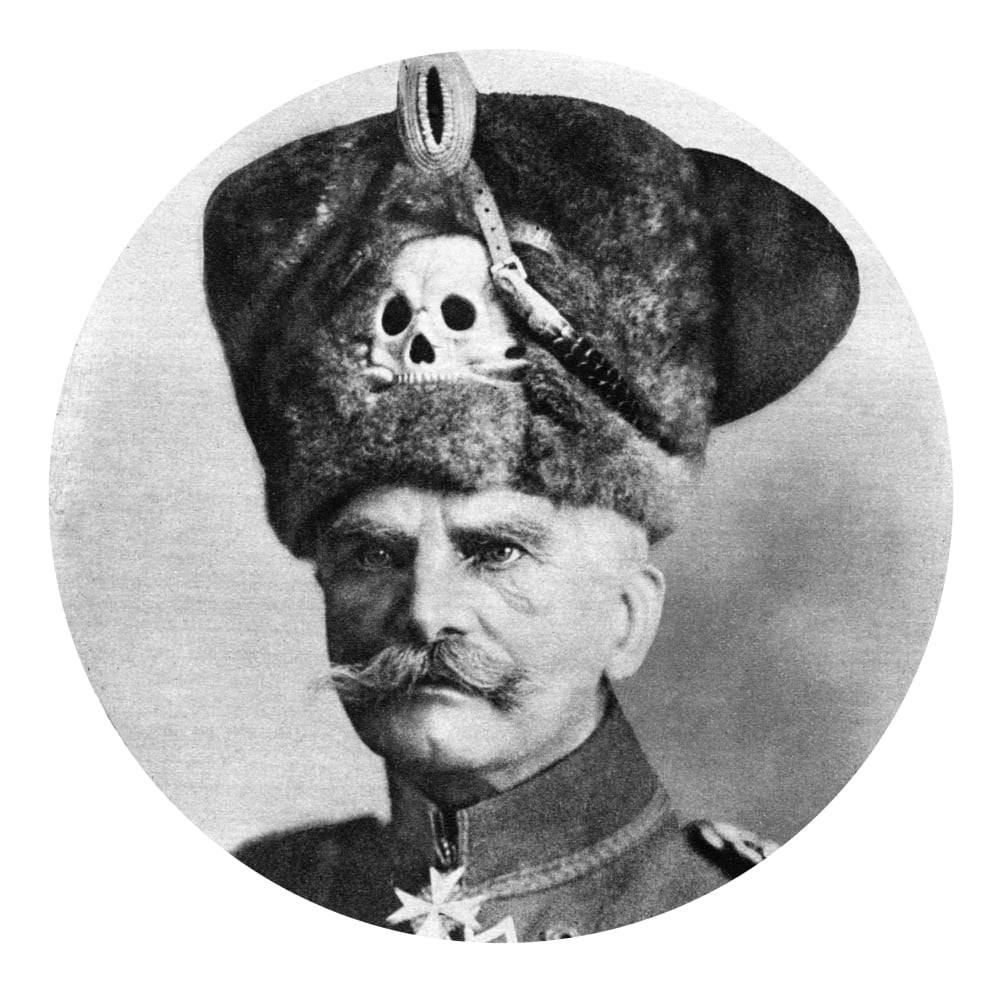
August Von Mackensen N(18491945) German Cavalry Officer Photographed During World War I Rolled
August von Mackensen (1849-1945), who was born on 6 December 1849, is considered one of the best field commanders of the German army during the First World War. Sponsored Links. Although not of a military family, being the son of a land agent, Mackensen joined the elite Death's Head Hussar regiment at age 19 in 1 October 1869, serving with.
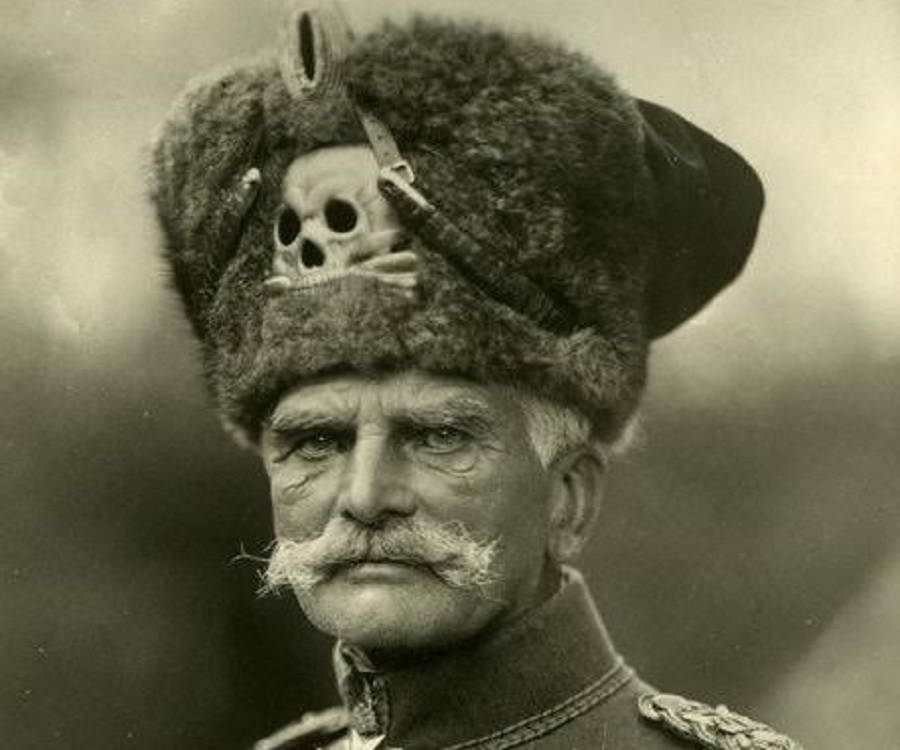
August von Mackensen Biography Facts, Childhood, Family Life, Achievements
Legendary German Field Marshal August von Mackensen was dubbed "The Last Hussar" during his service, which included commanding units throughout the First World War, despite being in his 60s. August von Mackensen's upbringing August von Mackensen attended the Martin Luther University of Halle-Wittenberg, before choosing a career in the military.

Mackensen, Anton Ludwig August von. WW2 Gravestone
August von Mackensen (born Dec. 6, 1849, Haus Leipnitz, Saxony [Germany]—died Nov. 8, 1945, Celle, Ger.) German field marshal and one of the most successful commanders in World War I.

Colourised photograph of Generalfeldmarschall (Field Marshall) August von Mackensen, 1935 Man
August von Mackensen (ou´gŏŏst fən mä´kənzən), 1849-1945, German field marshal. In World War I he defeated the Russians in the battle of the Masurian Lakes (1914-15), conducted successful operations in Galicia, Serbia, and Romania, and in 1917 occupied Romania. Held by the French until Dec., 1919, he retired (1920) from military service and became a leader of the Stahlhelm, a.